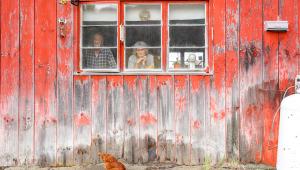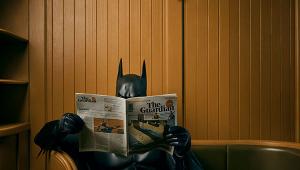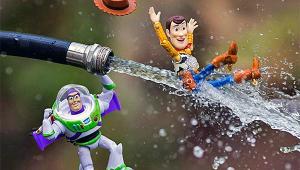Profile: Lifestyle, Sports…And Social Media: An Interview With Chase Jarvis
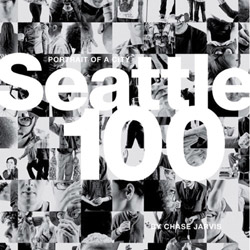 Chase Jarvis is one of a new breed of successful young photographers who’s at the top of his game. His use of social networking has brought him an enormous following while his exploration of radical business models is opening new markets. Best known for his lifestyle and sports images, the creative and financial success of his personal projects has earned him top corporate clients like Nikon, Reebok, and Microsoft.
Chase Jarvis is one of a new breed of successful young photographers who’s at the top of his game. His use of social networking has brought him an enormous following while his exploration of radical business models is opening new markets. Best known for his lifestyle and sports images, the creative and financial success of his personal projects has earned him top corporate clients like Nikon, Reebok, and Microsoft.
Shutterbug: You have no formal training as a photographer, yet arguably you’re one of the top photographers working today. How’d you get there?
Chase Jarvis: I wish I could answer that in a sentence. I think maybe the shortest description is by being incredibly curious and very hardworking. And throw a whole bunch of luck in there, too. There’s a lot of timing and luck involved in anything I do.
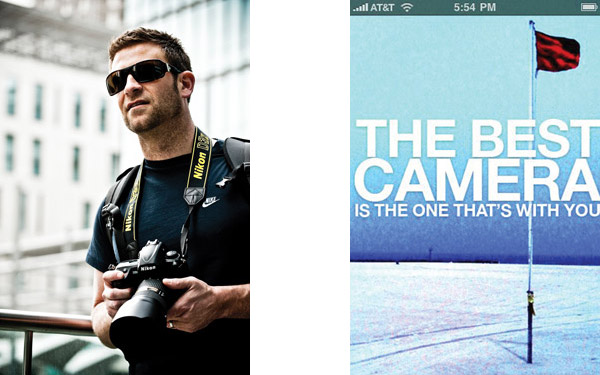
SB: What’s different about your approach?
CJ: It’s really a great asset to be willing to fail and blow it, so to speak, and to be okay with just making stuff, sharing it and getting feedback. I coupled that with new socialization tools to get my work out there in the world and get a lot of feedback.
SB: Your use of social networking technology is pretty impressive.
CJ: I’m a hardworking culture junkie who knows that it’s the greatest time in history to be a photographer or creative. It’s the first time in the history of the world that creatives are also distributors. And now anybody with access to a computer can show their work in 200 countries around the world.
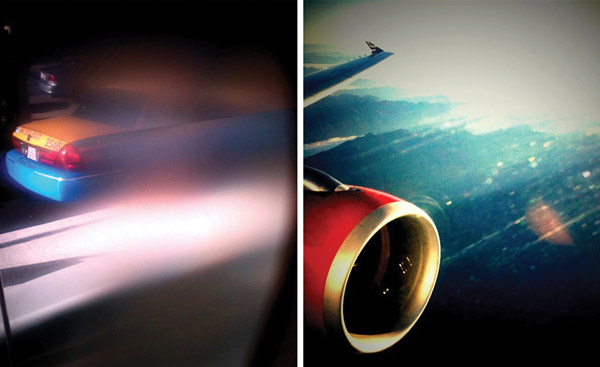
SB: At first it seems strange that a pro who shoots with world-class equipment would publish a book of their iPhone pictures. But you also came up with a wildly successful iPhone app and created an entire community around it. How did the project grow to that scale? Was it initially planned that way?
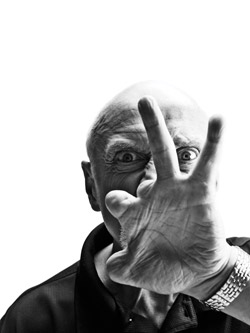
CJ: My goal is never to make a project large scale. My goal always stems from solving a creative problem or creative challenge.
At the most fundamental level of the whole iPhone movement was my desire to have a visual journal. When the iPhone first came out I started taking pictures with it every day. As someone who travels the world shooting major ad campaigns with the best equipment in the world, this little camera that at first had only 2 megapixels suddenly gave me more creative freedom than I felt like I had in my professional life. And that was incredibly interesting and empowering for me.
Suddenly gone was all the pressure to make the perfect picture. I was more interested in the immediate and the now and the things that were near me, and using that as kind of a study or sounding board for my other work. Well, even that was quickly supplanted with, wait a minute, this is actually work in and of itself. It’s conceptual artwork and it’s informing, not just my professional work, but my life. And the freedom it gave me was incredible.
All I wanted to do was then share that idea because it was rewarding for me. So I started socializing my pictures and shared them online every day through different outlets like Facebook and Twitter. The feedback that I got, not just from the pictures, but from the concept, was really staggering. I think the first iPhone gallery that I put on my site received two million views in something like 72 hours. When I started using the camera, I realized that there were no apps out there that did exactly what I wanted to do. So I made my own.
So there’s kind of this necessity is the mother of invention behind these larger concepts. And then the community for that, in that case, TheBestCamera.com, was just a logical extension to this thing that has changed my creative life. I feel more creative now than ever before. I want to share that with people to inspire them and say, hey, if I can do it, you can do it.
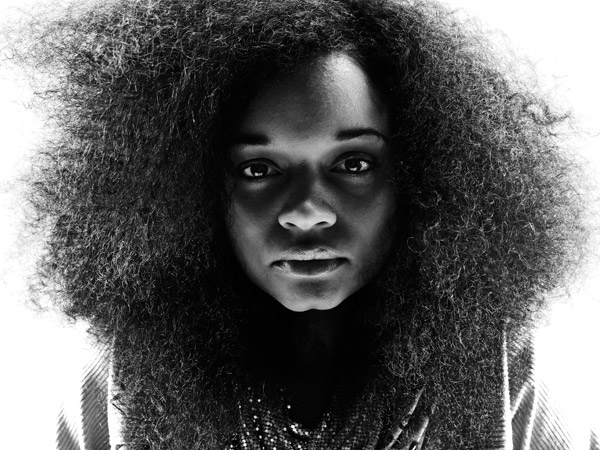
SB: Would you say the feedback you get from social media is an important part of your creative process?
CJ: I think your characterization is accurate. For me, an important part of this whole process is the immediacy of it. Like creating and the sharing. I think those kind of combined acts are fundamental to my personal creative process.
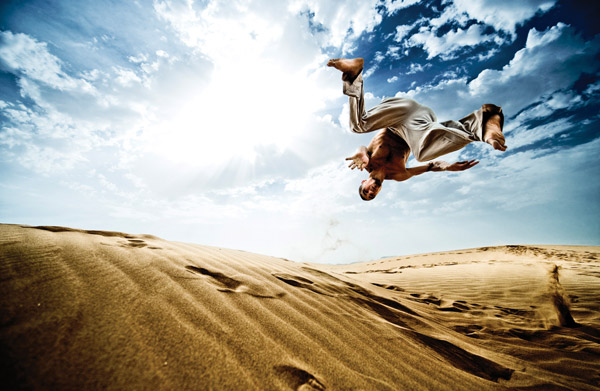
SB: How does that work on a practical basis?
CJ: It starts with making a lot of stuff. Finding the best ideas only happens after you have a million ideas and have a cross section of things to choose from. If you only develop your best ideas, how many ideas would you develop? Sometimes the ideas that don’t start out to be your best ideas evolve, like The Best Camera, and cell phone photography evolves into something that I’m talking to museums about. The irony is that there wasn’t an immediate understanding of what it was going to be—it was just creative sharing.
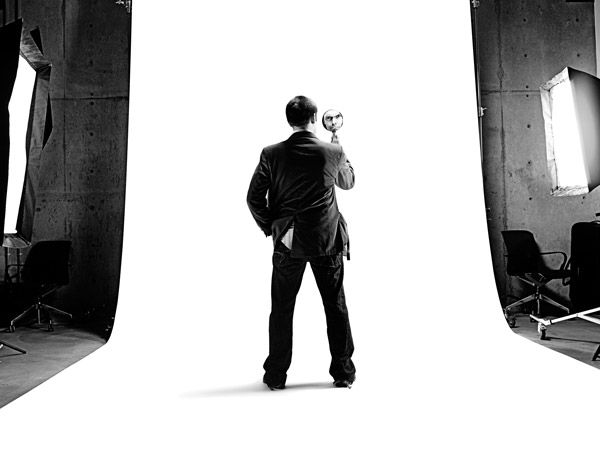
SB: How did you get so good at it?
CJ: The first time a friend said, “Hey, you should start a blog,” I just thought it sounded very self-centered. But he said, “No, no, don’t just point it at your own stuff; point it at other people’s stuff.” So the next week I pointed it at some other people’s photos. And then he said, “Why don’t you do a video?” And I thought, oh man, this is a lot of work. But as soon as you start doing those things, you start feeling the benefit, both personally and structurally. You start to see some social interaction in the world. And you get better at it and that all goes back to being willing to throw it out there and fail, and throw it out there and get feedback of all types. And you do get better at it.

SB: What I’m hearing you say is something that I’ve heard artists speak of many times. But people who are in the high-pressure world of commercial photography rarely think in terms of “it’s okay to fail.” How do you reconcile those two worlds? Do you feel that you have to switch gears, or do you just handle it all with the same attitude?
CJ: I think that part of why I get hired and what people might like is that once I’ve got the thing that the art director wanted in the can, now let’s turn this idea on its head. I’m not being a renegade for the sake of being renegade. I got the shot that we talked about prior to getting here. But it’s about how can you bring the fearlessness and an experimental approach to the commercial setting. Because it’s very rarely the shot that you think is going to be the shot that ends up in the campaign. It’s usually one of those that are more adventurous, ones that are created in the moment, rather than the ones that were drafted by the creative director back at the agency.
SB: Your success implies that there’s a new business model that’s kicking in. Where does the revenue come from?
CJ: It’s the new model that lets creative people have their own distribution channel, allowing us to share our personal work.
So let’s say I finish a job and instead of buying a new couch or a new car with the money, I put that into a personal project. I’m going to be able to create a cool body of work that is going to make me feel alive and bring the most out of me creatively. And that work will be responsible for me getting my next job, maybe getting a cooler job, and having my personal brand equity and my personal value as a creative be higher than the last job that I did.

SB: That brings us to your new book, Seattle 100: Portrait of a City. Can you tell us about how that came together? It appears that it started as a personal project, and now you’ve got a book and a website.
CJ: It started out of my realizing that I love Seattle. I’ve had a home here almost my entire life, but at some point I realized that I didn’t know my city as well as I wanted to. I’m on the road a lot, most of the work that I do professionally is not in Seattle. It’s all in major advertising markets like New York, Los Angeles, or London.
And so I started making a list of the people I found to be remarkable in Seattle because I wanted to collaborate. Once I made a list of people who were doing amazing things, I realized my project could be the list itself. An important distinction here, these are not people like Paul Allen, Bill Gates, Jeff Bezos, Howard Schultz, who are normally seen as heroes in Seattle.
Over the course of the three years that it took me to complete the project, I started to develop a vision for having a website that painted a cultural ethnography around the photography that I had done.
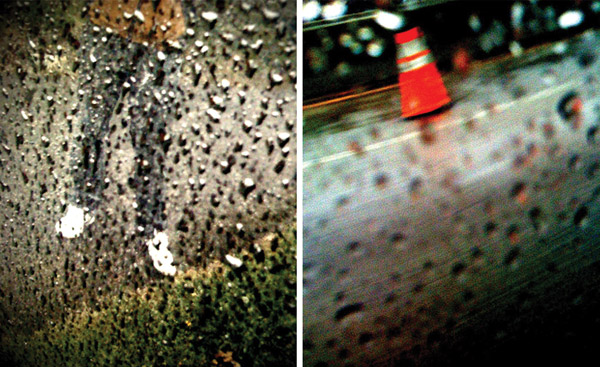
SB: It seems everyone else monetizes sequel after sequel, but that you’re always on to another project. Do you ever go back and rework an idea?
CJ: I could name so many things that I’ve done wrong. People point out how a project can be a huge business model in and of itself, and I think sure, maybe in my next life, or perhaps when I’m “more mature” I’ll be able to think more like that.
I definitely created Seattle 100 with the idea of doing a series of these. It was an idea and a platform, if you will. And that’s in many ways what The Best Camera was as well. I have visions of future books, a whole series of books that are from all over the world. But you touched on an important point. It would definitely help some things if we slowed down a little bit, but I’ve got to confess, I have a hard time with that. I’m always excited about the next thing.
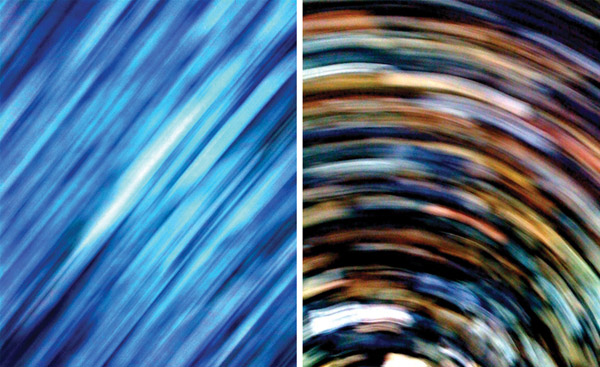
SB: Let’s talk about your video work. Now that D-SLRs can capture full HD video, you jumped with both feet into it and have been very successful.
CJ: I think the thing that put me there more than anything else is, again, pure luck. I was the first photographer in the world to get to use that technology. Nikon contacted me about the campaign for the D90 and I got to play with the first camera that had that technology. It was really blind luck to land the campaign and incredibly inspirational to be able to ruminate on all of the possibilities. So after creating that campaign for Nikon and living with this camera I felt like it was something that could change the world.
To learn more about Chase Jarvis and his various projects, visit his website at: http://chasejarvis.com.
Chris Maher and Larry Berman are working photographers and writers. For more information and examples of their own photography, visit their websites at: www.ChrisMaher.com and www.LarryBerman.com.




